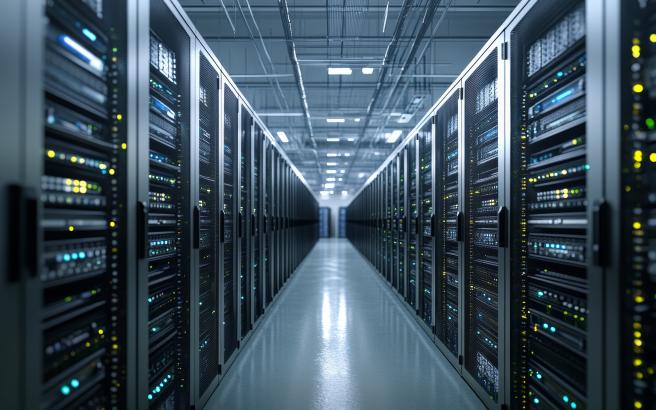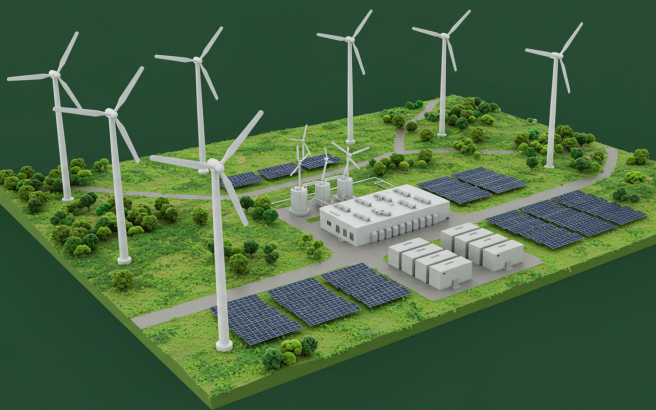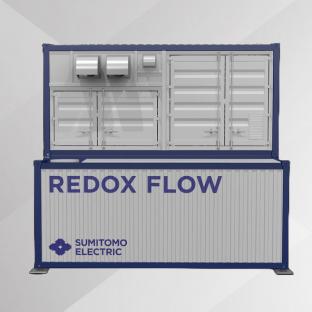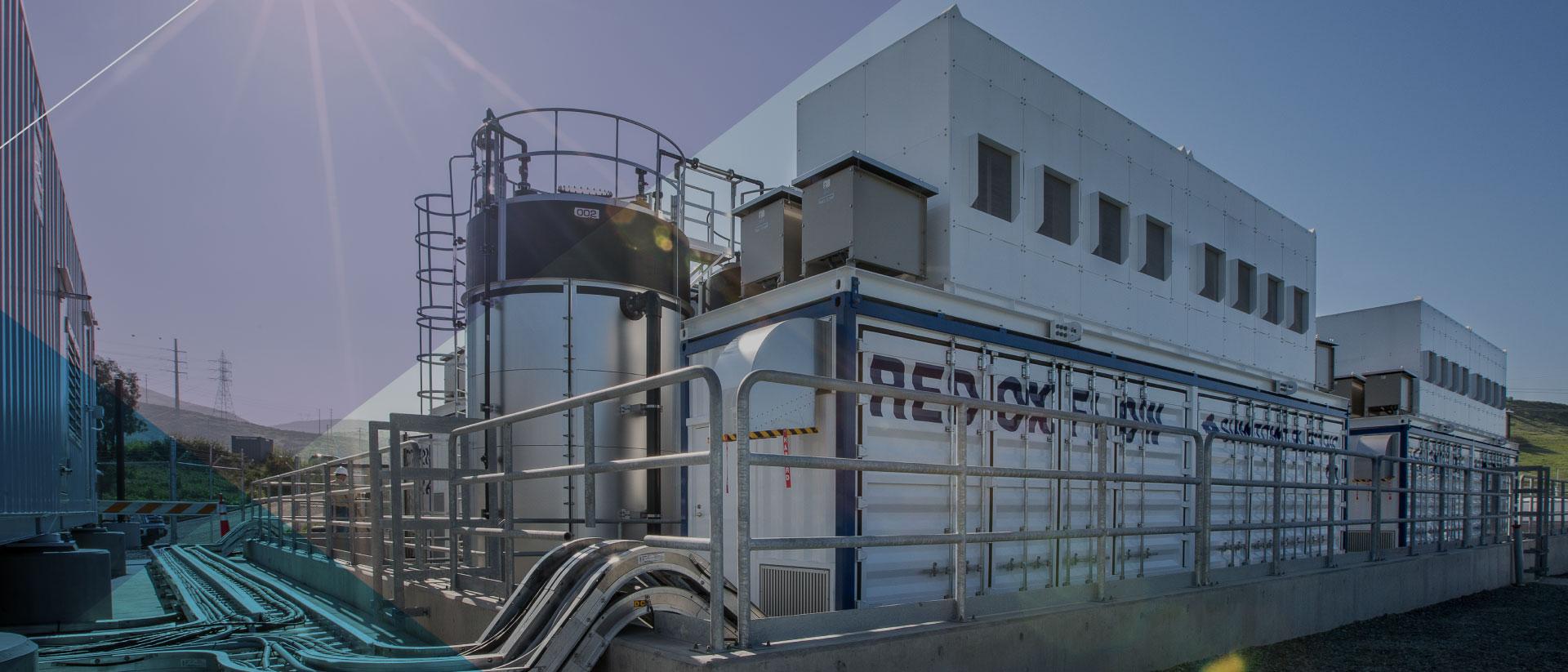
Featured Stories
Can U.S. Energy Keep Up with the Rise of AI and Robotics?
As AI and robotics rapidly transform the United States' manufacturing and logistics industries, energy consumption is soaring. Automation has boosted productivity, but it’s also driving significant electricity demands. According to the World Resources Institute, national peak electricity load is expected to increase by 128 gigawatts (GW) by 2029—roughly 13 times the peak demand of New York City in 2023. Grid strain, rising energy prices, and infrastructure limits are real challenges. This article explores how companies are responding through energy efficiency and renewables, and why Long Duration Energy Storage (LDES) is becoming a key part of the solution.
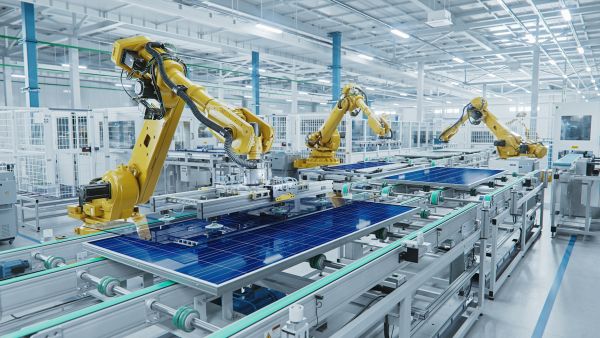
◇ How Companies Are Improving Energy Efficiency and Using Renewables
In response to rising demand, U.S. factories and warehouses are accelerating their shift toward renewable energy and smarter energy use. Many facilities now aim for high renewable energy penetration by combining solar and battery storage. Automation of lighting, HVAC, and logistics systems—often AI-powered—is helping sites cut energy use by 20–30%. It’s not just about upgrading equipment anymore—energy efficiency is increasingly seen as central to business strategy, with a growing focus on optimizing operations to reduce waste and emissions.
◇ Environmental Pressure and a Pivotal Moment
With electricity demand growing, so too is concern over its environmental impact—especially when power still relies on fossil fuels. AI systems, including data centers, now consume electricity on par with small cities. If unchecked, this trend could deepen emissions and resource strain. In response, businesses and governments are pushing for carbon neutrality and wider renewable energy adoption. Global forecasts predict up to 90% of electricity could come from renewables by 2050, underlining the urgent need for infrastructure to support this shift.
◇ Why LDES Matters: Storing and Shifting Energy Smarter
Long Duration Energy Storage (LDES) plays a critical role in bridging the gap between renewable generation and real-time demand. It allows excess solar or wind energy to be stored and used later—especially valuable during peak load periods. Vanadium Redox Flow Batteries (VRFBs), a type of LDES, offer more than 10 hours of discharge capacity and are ideal for factories and logistics hubs requiring continuous operation. With LDES, companies gain a buffer against grid instability, reduce peak electricity costs, and improve their energy resilience.
◇ Why Vanadium Redox Flow Batteries Stand Out
Vanadium Redox Flow Batteries (VRFBs) are already being deployed commercially in the U.S. for industrial use. Their key strengths include non-flammability, a 20+ year lifespan, and tens of thousands of charge cycles with minimal degradation. Unlike more commonly used options like lithium-ion batteries, VRFBs decouple energy and power scaling, allowing tailored system design. Most components are recyclable, supporting sustainability goals. As AI and automation continue to expand, VRFBs provide the reliability, safety, and flexibility needed for modern energy infrastructure.
◇ Conclusion: Building a Smarter, Resilient Energy Future
With industrial power needs surging, LDES—and particularly redox flow batteries—offer a balanced path forward. They help stabilize the grid, make full use of renewable energy, and deliver reliable power for 24/7 operations. Their safety, scalability, and environmental performance make them a compelling option for manufacturers and logistics leaders looking to future-proof their energy strategies in the age of automation.
References:
World Resources Institute. Managing Electricity Demand Growth in the United States. 2024.
https://www.wri.org/insights/managing-electricity-demand-growth-us
World Economic Forum. How technological advances like AI are strengthening supply chains. January 2024.
https://www.weforum.org/stories/2024/01/how-technological-advances-like-ai-are-strengthening-supply-chains/
Follow us on LinkedIn!
If you enjoyed this Feature Story, be sure to follow Sumitomo Electric U.S.A on LinkedIn. We share updates there whenever new stories are published. (Note: Sumitomo Electric Group also has a global LinkedIn account for corporate updates.)
